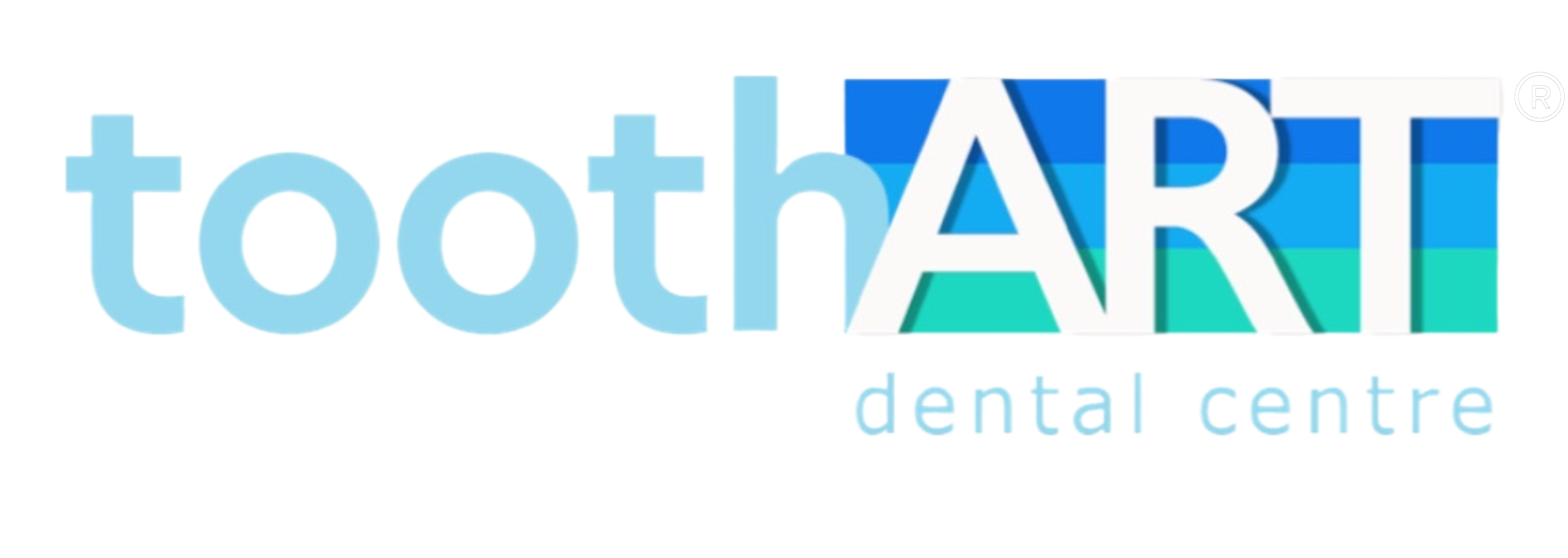Orthodontics
Do you feel self-conscious and concerned about crooked or protruding teeth? You are not alone. Not everyone has naturally perfect aligned teeth, but with orthodontics, you can have just that.
Orthodontics
What is Orthodontics?
Orthodontics is a specialty of dentistry that deals with the diagnosis, prevention, and correction of mal-positioned teeth and jaws, and misaligned bite patterns.
Orthodontists are trained on how to safely move teeth into proper alignment, guide facial development and ensure healthy growth in the jaw.
Simulation of metal braces
Common Orthodontics Conditions
Upper front teeth overlaps with the lower front teeth.
Lower front teeth are in front of upper front teeth.
Some upper teeth are sitting inside the lower teeth rather than on the outside, like they normally would.
Upper and lower teeth do not touch when the mouth is closed.
Teeth that bunch up, overlap and twist due to lack of space.
Extra space between two or more of your teeth.
Common Orthodontic Problems (Illustration lifted from https://www.invisalign.com.sg/treatment-process)
Types of Orthodontic Treatment
Fixed Metal / Ceramic Braces
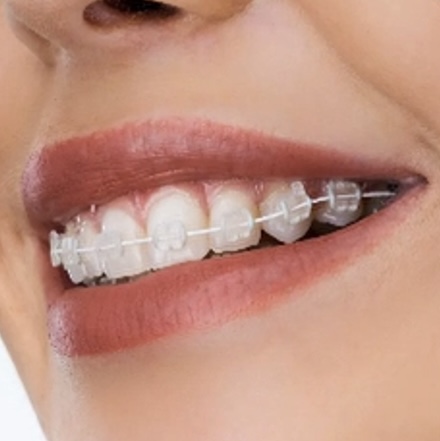
A conventional way of straightening teeth using metal brackets and wires attached to the front of the teeth, allows the position of the teeth to be altered and guided by the brackets.
Lingual Braces
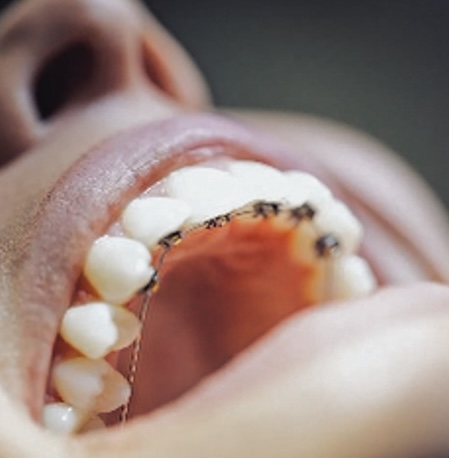
Lingual braces have the same components as fixed braces except they’re fixed to the back of the teeth. This type of braces has the obvious advantage of not being visible to other people because they are hidden behind the teeth.
The drawbacks for lingual braces lie in keeping the teeth clean from trapped food particles as visibility is limited and also discomfort arising from tongue irritation in the initial weeks after braces placement.
Invisible Braces
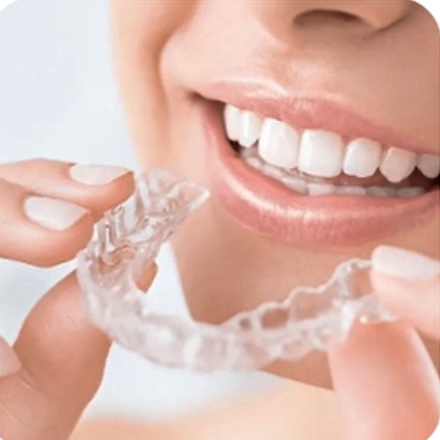
Invisible braces offers a tray-style straightening method where braces are not permanent but removable. As an Invisalign Provider at Tooth Art Dental Centre, we leverage on 3D imaging technology whereby one is able to view at the first consultation, a detailed 3D scan of his or her teeth and jaw alignment, simulation of smile before, during and at the end of treatment.
Jaw Malalignment
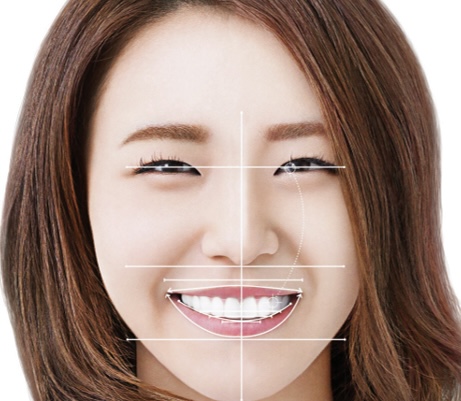
Jaw malalignment occurs when teeth on the upper and lower jaws are not aligned. Often, besides facial appearance and self-esteem, it also affects one’s bite and speech.
Sometimes in adults, the orthodontist can camouflage the problem with braces alone. However, for cases with higher degree of jaw distortion, the orthodontist will work with an oral surgeon to jointly carry out braces and orthognathic (jaw) surgery to achieve the best results, functionally and aesthetically.
It is important to see an orthodontist when such dental problems are observed in children between the ages of seven to twelve years old as these issues are amenable to correction during the growing years.
Have Questions?
Besides improving one’s appearance and enhancing one’s self esteem, braces help to overcome brushing, speech and/or chewing difficulties. Poorly aligned teeth are difficult to keep clean and often give rise to gum problems and decay.
You can start braces treatment after all the primary (or milk) teeth have changed to permanent ones. Adults can also benefit from braces treatment, not just children. Learn why early detection of bite issues and early intervention is important.
Our orthodontist will first examine the general condition of your gums, teeth and jaws. Essential information such as costs, types and estimated duration of treatment will also be explained by the orthodontist. With the consent of the patient, X-rays will be taken for a more detailed diagnosis.
Many people are concerned about the pain and attention brought about by wearing braces. Do expect some discomfort in the initial 1-2 weeks (although individual experience varies from minimal to moderate levels of aching, discomfort or inability to bite) but subsequently you should be able to eat almost as per normal. Do expect some discomfort after each subsequent adjustment. We do advise patients to go on an initial soft diet e.g. porridge, soup.
The likelihood of a relapse depends on the severity of the initial problem or malocclusion. The greater the severity, the greater the relapse tendency. That is why retainers are made after the braces are removed so as to hold the teeth in their new position. The use of retainers after braces will help prevent a relapse especially for the first two years after completing treatment. However, as teeth do move throughout life, we do advise our patients to continue their retainer wear at nights for life or for as long as they want to maintain their results.
